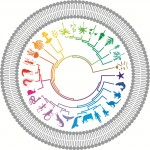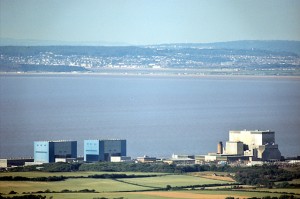 Many nuclear power stations in the UK are built on the coast, where the easy availability of sea water offers a natural solution to cooling the carbon dioxide used to moderate the reactor temperature. Hinkley Point B station is situated on the Bristol Channel for just this reason, and as one adventitious consequence, its water intakes have been a rich source of biological data for the last 30 years.
Many nuclear power stations in the UK are built on the coast, where the easy availability of sea water offers a natural solution to cooling the carbon dioxide used to moderate the reactor temperature. Hinkley Point B station is situated on the Bristol Channel for just this reason, and as one adventitious consequence, its water intakes have been a rich source of biological data for the last 30 years.
Tidal currents in the Bristol Channel can be strong (witnessed in the Severn Bore, which forms further upstream), and fish feeding on the coastal mudflats may be pulled into the station’s water intakes. They aren’t allowed, of course, to reach the station itself – fish not being a very good coolant – and are instead caught in filter screens. Since the early 1980s, the catches in these screens have been used as population samples for the wider habitat, with numbers and species – and since the 2000s, also weights – of the caught fish being recorded once a month.

The 30+ years of data were necessary to enable the authors to draw conclusions about seasonal fluctuation that are robust to yearly differences, and the paper is a reminder of the importance of these kind of long-term biological datasets to ecology.
Kester Jarvis
Latest posts by Kester Jarvis (see all)
- The agony of choice: conservation biology and choosing what to save - 18th March 2014
- Sigma factor networking and bacterial versatility - 30th January 2014
- Electricity generation and fish populations: how a power station provided a rich biological dataset - 4th September 2013
Comments